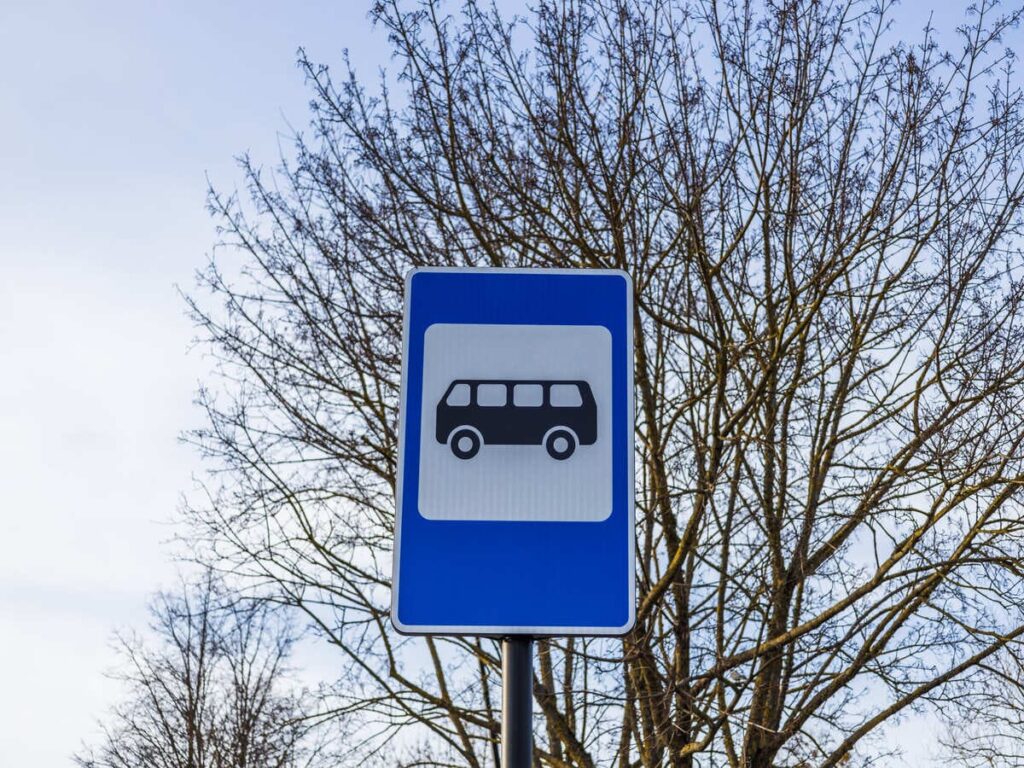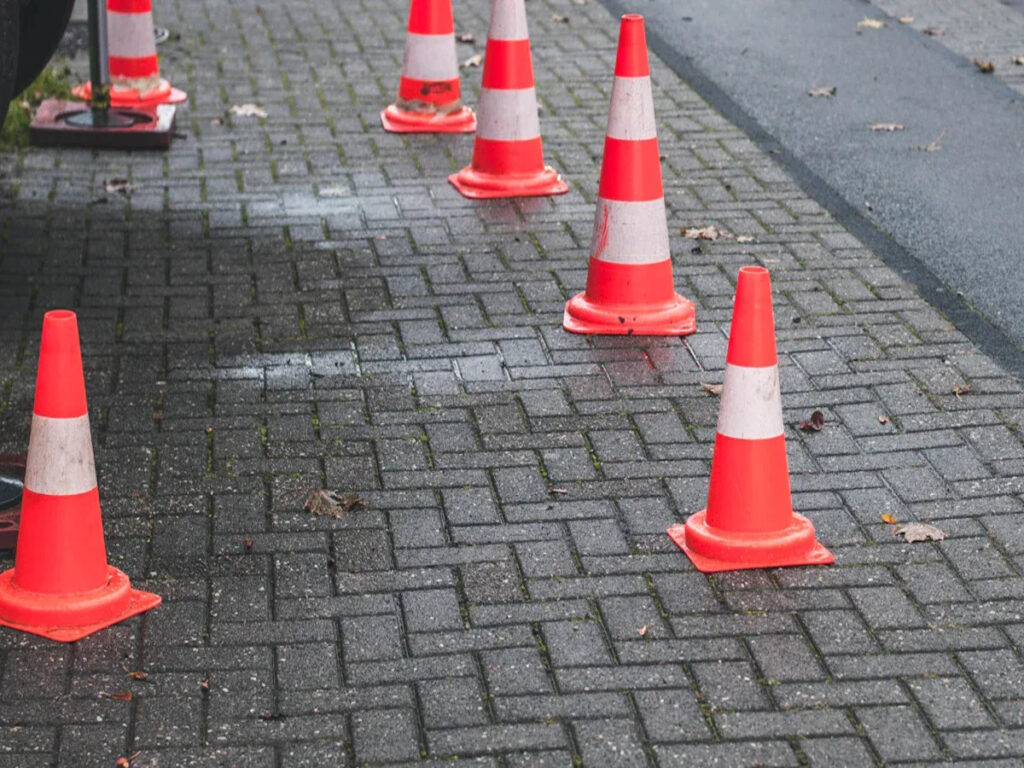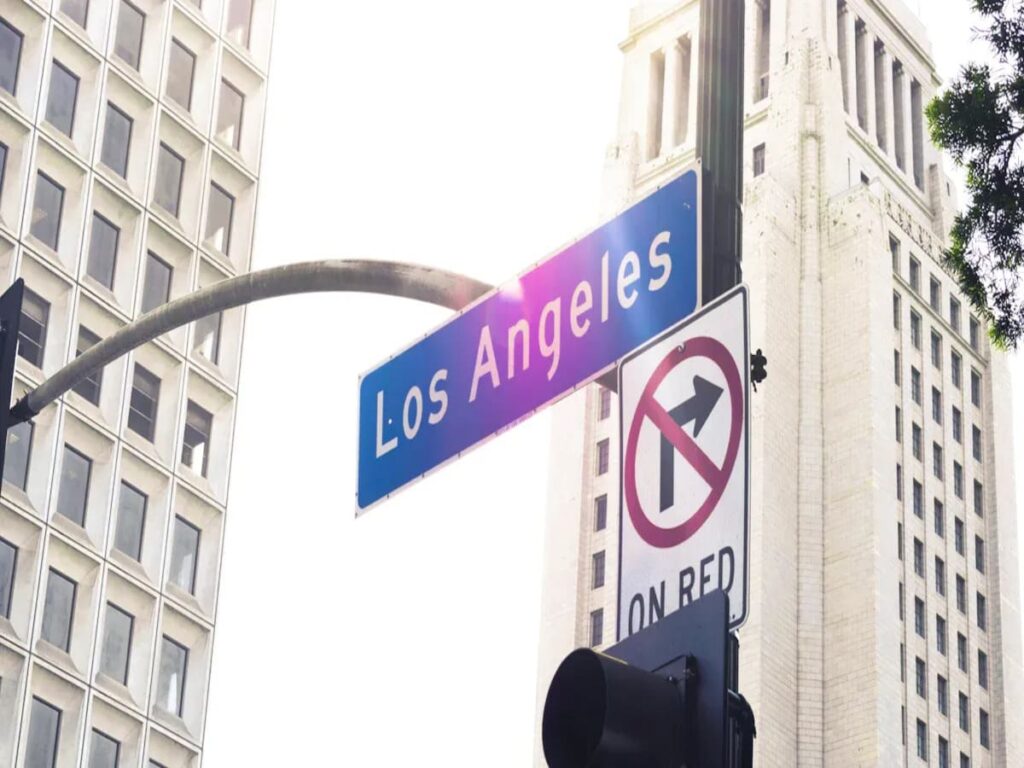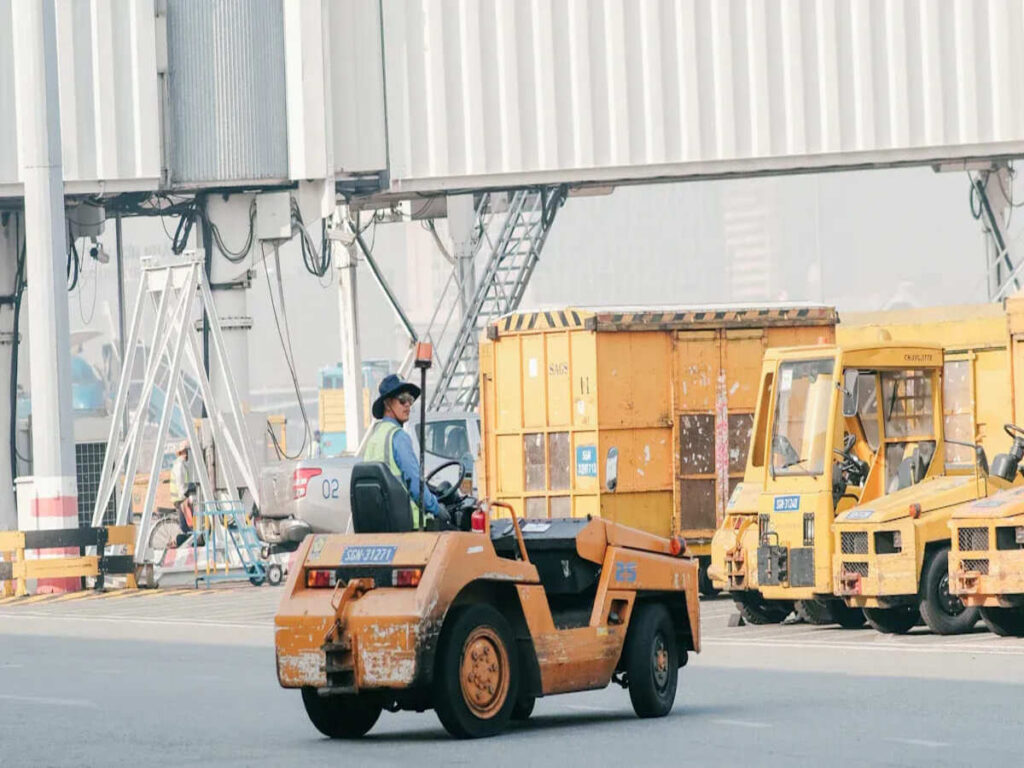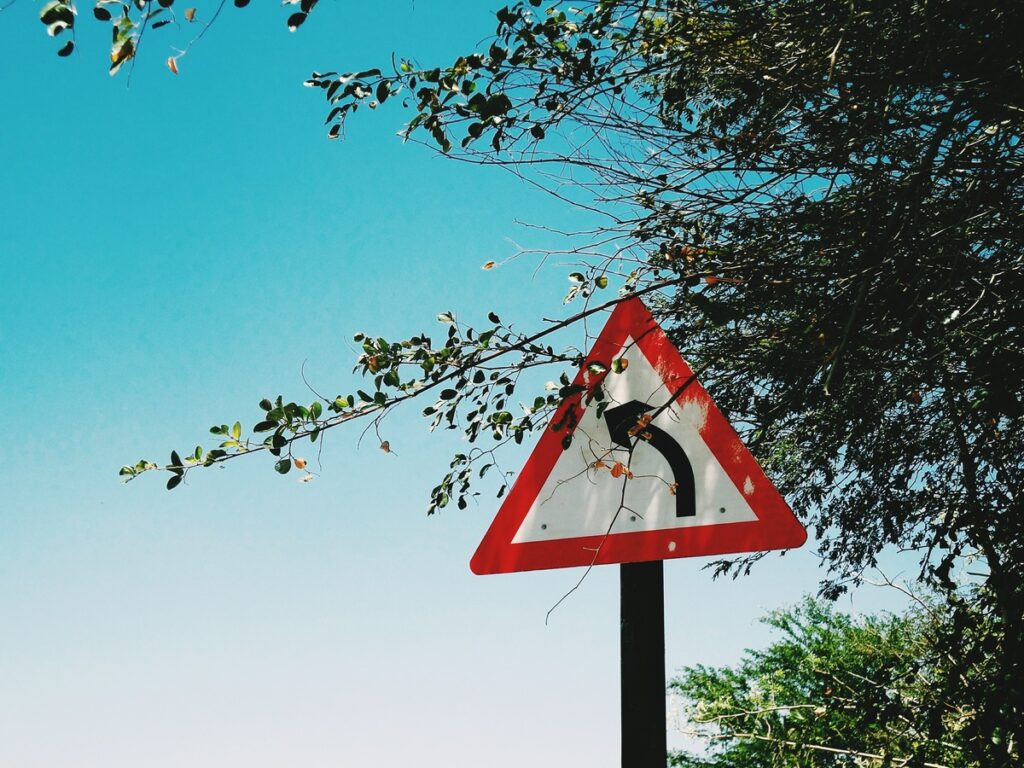
Ao escolher suportes de estrada, Suportes de sinais de alumínio e aço são diferentes. Both materials have good and bad points. Aluminum sign brackets are light and do not rust easily, tornando -os ideais para uso ao ar livre. Steel is very strong and lasts long, especially for tough jobs. But which one is better for you? Factors like price, longevidade, and intended use matter a lot. Por exemplo, aluminum sign brackets are great near the ocean, while steel is better suited for heavy-duty applications.
Selecting the right material ensures safety and saves money over time. Então, think carefully about aluminum sign brackets versus steel to choose the best option for your project.
To get a more in-depth understanding of the types of traffic sign brackets and how to select the right one for your project, Confira nosso blog: Tipos de suportes de sinal de trânsito: Um guia completo para instaladores e engenheiros.
Takeaways -chave
- Aluminum brackets are light and resist rust, Ótimo para áreas molhadas.
- Steel brackets are strong and last long, bom para empregos difíceis.
- Think about future costs; aluminum costs more but needs less care.
- Check your project needs, like weight and weather, to pick the best.
- Mixed materials can be strong and flexible for special projects.
Material Properties Comparison

Mechanical strength and flexibility differences
Steel and liga de alumínio have different strengths. Steel is very strong and rigid, tornando -o ótimo para empregos difíceis. Por exemplo, 1018 mild steel has a tensile strength of 63,800 psi, enquanto 4140 alloy steel reaches 95,000 psi. Aluminum alloys like 6061-T6 and 7075-T6 are lighter but less strong, with tensile strengths of 45,000 psi and 83,000 psi. Aluminum’s lightweight and flexible nature make it useful for certain tasks.
| Tipo de material | Propriedade | 6061-T6 (Al) | 7075-T6 (Al) | 1018 Mild Steel | 4140 Alloy Steel |
|---|---|---|---|---|---|
| Resistência à tracção (psi) | Alumínio | 45,000 | 83,000 | 63,800 | 95,000 |
| Força de escoamento (psi) | Alumínio | 40,000 | 73,000 | 53,700 | 60,200 |
| Densidade (g/cm³) | Alumínio | 2.70 | 2.81 | 7.87 | 7.85 |
Steel resists bending better than aluminum. Its elastic modulus é 210 GPa (30 million psi), while aluminum’s is 70 GPa (10 million psi). Steel holds its shape under stress, but aluminum bends instead of breaking. This makes aluminum good for projects needing flexibility, like road brackets in areas with vibrations or shifting loads.
| Material | Elastic Modulus (GPa) | Elastic Modulus (psi) |
|---|---|---|
| Aço | 210 | 30 milhão |
| Alumínio | 70 | 10 milhão |
Impact resistance and durability
Steel is tougher and absorbs more energy before breaking. This makes it ideal for jobs needing high impact resistance. Aluminum bends under impact instead of cracking, keeping its structure intact. This is helpful in places with frequent impacts.
Por exemplo:
- Aluminum works well in public spaces because it bends without breaking.
- Steel may crack under heavy impacts unless reinforced.
Steel is better for rough conditions, while aluminum is good for flexibility. Both materials are durable, but their use depends on the job.
Thermal expansion and conductivity
Aluminum expands more than steel with temperature changes. This can cause problems in extreme weather, as it may become unstable. Steel expands less, making it better for stable structures in changing temperatures.
Aluminum conducts heat better than steel. This makes it useful for reducing heat buildup, like in outdoor brackets exposed to sunlight. Steel is less conductive but stays reliable in most temperatures.
Dica: Think about temperature changes and heat needs when picking a material.
Weight and Installation Impact

O alumínio é leve, steel is heavy
Aluminum is much lighter than steel. This makes it easier to lift and install. Aluminum weighs about one-third of steel’s weight. Its lightness helps reduce the load on structures. Steel is heavier but very strong. If strength matters more than easy handling, steel is better.
Moving and installing materials
The weight of a material affects how it’s moved and installed. Aluminum is lighter, so it’s cheaper and faster to transport. Steel is heavier and may need special tools or extra workers. This can increase costs and time. Studies show aluminum brackets are returned more often (3-5%) than steel ones (1-2%). This might be due to installation issues. Picking the right material can avoid these problems.
| Material | Average Return Rate (%) |
|---|---|
| Steel/Titanium | 1-2 |
| Aluminum/Carbon | 3-5 |
How weight affects structures
Bracket weight impacts the structures they attach to. O alumínio é leve, so it puts less strain on supports. This is good for projects needing less weight. Steel is heavier but stronger, tornando -o ótimo para empregos difíceis. Por exemplo, steel works well in windy or busy areas. But for older or weaker structures, aluminum’s lightness prevents damage.
Dica: Think about how weight affects your project. Lighter materials might save money on repairs later.
Corrosion Resistance and Lifespan
Aluminum’s natural corrosion resistance vs steel’s rust susceptibility
Aluminum alloy is great at resisting corrosão. It forms a protective layer when exposed to air. This layer stops rust and keeps the material safe. Aluminum is perfect for humid or coastal areas. Permanece forte mesmo em clima difícil.
Steel rusts more easily than aluminum. Sem proteção, it can corrode quickly in wet or salty air. This makes untreated steel less useful outdoors. But steel is strong and durable, so protecting it from rust is worth the effort.
Dica: If using steel outside, plan for rust protection.
Coatings and treatments for steel brackets
Steel lasts longer with special coatings or treatments. Galvanization adds a zinc layer to stop rust. Powder coating protects steel and makes it look nice. Stainless steel is best for harsh environments. It has chromium, which blocks rust. Though expensive, stainless steel is very durable.
Observação: Cuidados regulares, like reapplying coatings, helps steel last longer.
Lifespan expectancy in outdoor environments
The lifespan of brackets depends on the material and location. Aluminum alloy brackets resist corrosão naturally and can last decades. They need little maintenance, Economizando dinheiro com o tempo.
Steel brackets can last 20-30 years if treated properly. In wet or salty areas, untreated steel may rust in a few years. Protective coatings or stainless steel can make steel last longer.
Remover: Choose aluminum for wet places. Treated steel works better in dry areas.
Considerações sobre custo e manutenção
Initial material and fabrication costs
Aluminum alloy costs more per pound than steel. This is because it’s lightweight and resists corrosão naturally. But making aluminum parts is easier and cheaper. Cutting and shaping aluminum need less energy and fewer tools. This can lower production costs.
Steel is cheaper to buy than aluminum. It’s easy to find and costs less as raw material. No entanto, working with steel takes more time and effort. Welding and machining steel need special tools and more labor. This can raise your total expenses.
Maintenance frequency and expenses
Aluminum alloy needs very little maintenance. It doesn’t rust easily, mesmo ao ar livre. This makes it a good choice for wet or coastal areas. You won’t need to fix or treat it often.
Steel needs more care to stay in good shape. Sem revestimentos, it can rust in wet or salty places. You’ll need to reapply coatings or fix rust spots regularly. These repairs can add to your costs over time. Untreated steel will need extra money for upkeep.
Long-term cost efficiency and total ownership costs
Aluminum alloy costs more at first but saves money later. It lasts a long time and doesn’t need many repairs. This makes it a smart choice for tough environments.
Steel is cheaper upfront but may cost more over time. Maintenance and replacements can add up. In dry areas, steel’s strength makes it a good option. Think about both short-term and long-term costs to pick the best material.
Dica: Don’t just look at the starting price. Spending more now might save money later.
Best Use Cases for Each Material
Aluminum sign brackets for coastal areas and lightweight needs
Aluminum sign brackets work well near the coast or in humid places. They don’t rust because of a protective layer formed in air. You won’t need to fix them often, even in salty conditions.
These brackets are light and simple to install. Eles economizam tempo e esforço, especially for tall or hard-to-reach spots. Their light weight also reduces pressure on supports, making them great for older buildings or areas with weight limits.
Aluminum is flexible and bends under stress instead of breaking. This makes it useful in places with vibrations or shifting loads. For road signs in coastal towns or lightweight setups, aluminum sign brackets are reliable and easy to use.
Steel brackets for heavy-duty applications and budget constraints
Steel brackets are best for tough jobs. They are strong and last long, perfect for holding heavy loads. Galvanized steel resists rust and works well in busy areas or places with frequent impacts.
Steel costs less upfront than aluminum. It’s a good choice for projects with tight budgets. Coated or stainless steel options add rust protection, making them suitable for outdoor use.
Steel is heavy and stable, which helps in windy or crowded areas. Its strength keeps structures secure under tough conditions. For projects needing durability and cost savings, steel is a great option.
Hybrid and alternative material innovations
Às vezes, aluminum or steel alone isn’t enough. Hybrid materials mix both for better results. Por exemplo, aluminum brackets with steel parts are light but stronger. These materials balance flexibility and strength for special needs.
Other materials like carbon fiber or titanium are becoming popular. Eles são leves, forte, and resist rust but cost more. If your project needs advanced solutions, these might be worth considering.
Dica: Use hybrid or alternative materials for unique projects where regular choices don’t work.
Deciding between aluminum alloy and steel road brackets depends on what you need. Aluminum is light and doesn’t rust easily, making it great for coastal areas or flexible projects. Steel is strong and lasts long, perfect for heavy-duty jobs and costs less upfront.
Think about your location and budget before choosing. Aluminum works well in wet or salty places. Steel is better for tough jobs or if you want to save money at first. Também, think about long-term costs. Aluminum needs little care, but steel might need regular rust protection.
For reliable and durable road sign bracket solutions, OPTRAFFIC offers high-quality options to meet your needs, whether you choose aluminum or steel.
Perguntas frequentes
What’s the main difference between aluminum and steel brackets?
Aluminum brackets are light and don’t rust easily. Steel brackets are heavier but much stronger and last longer. Choose based on whether you need less weight or more strength.
Are aluminum brackets strong enough for heavy loads?
Sim, aluminum brackets can hold heavy loads. But they work better for lighter tasks. Steel brackets are stronger and better for tough jobs.
Which material lasts longer outdoors?
Aluminum lasts longer in wet or salty areas because it doesn’t rust. Steel can last as long if it’s coated or made of stainless steel. Think about your location when picking a material.
Why is aluminum more expensive than steel?
Aluminum costs more because it’s light, não enferruja, and is easy to shape. Steel is cheaper at first but may need more care later, especialmente fora.
Can I use a mix of aluminum and steel for my project?
Sim! Mixing aluminum and steel combines lightness with strength. This mix works well for projects needing both features.


